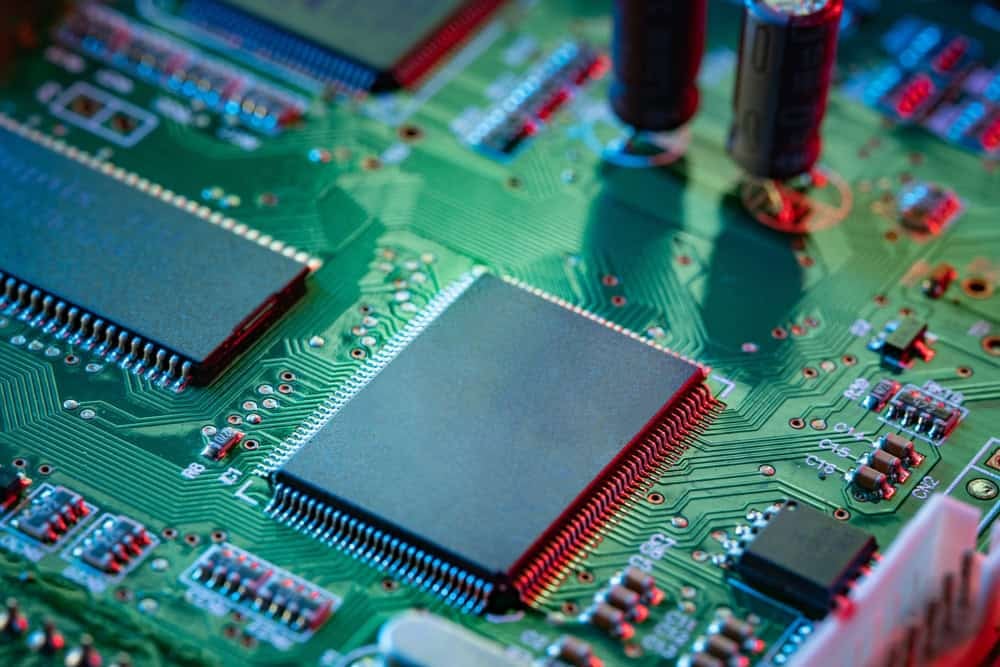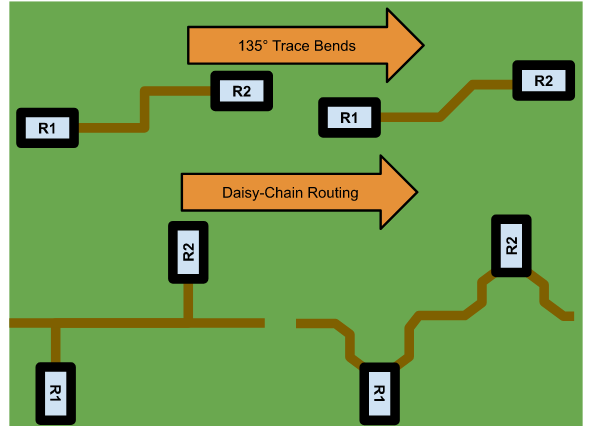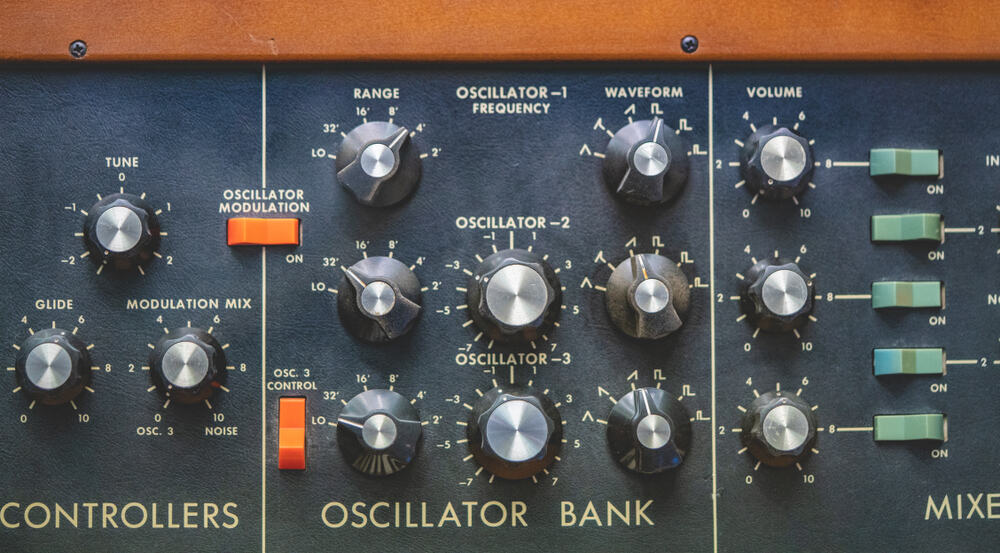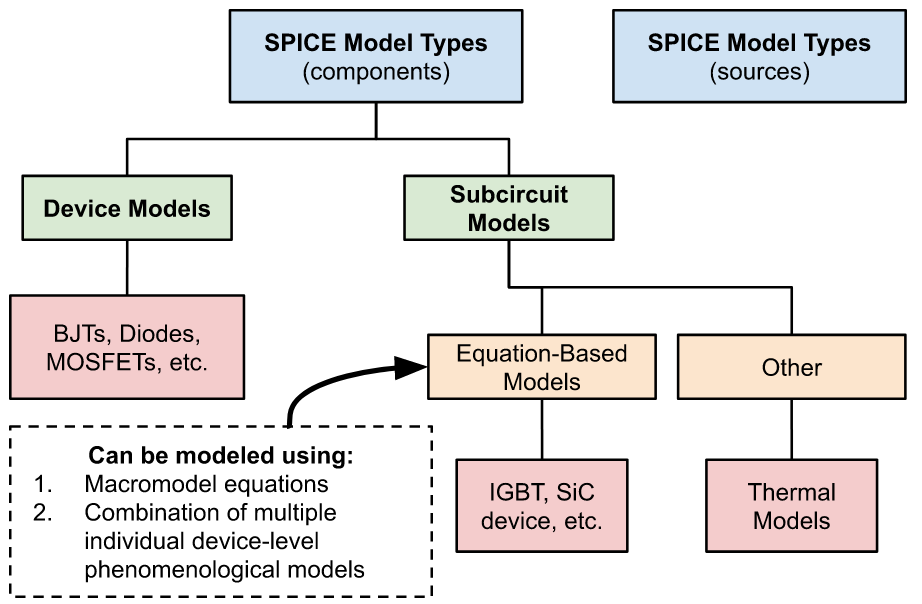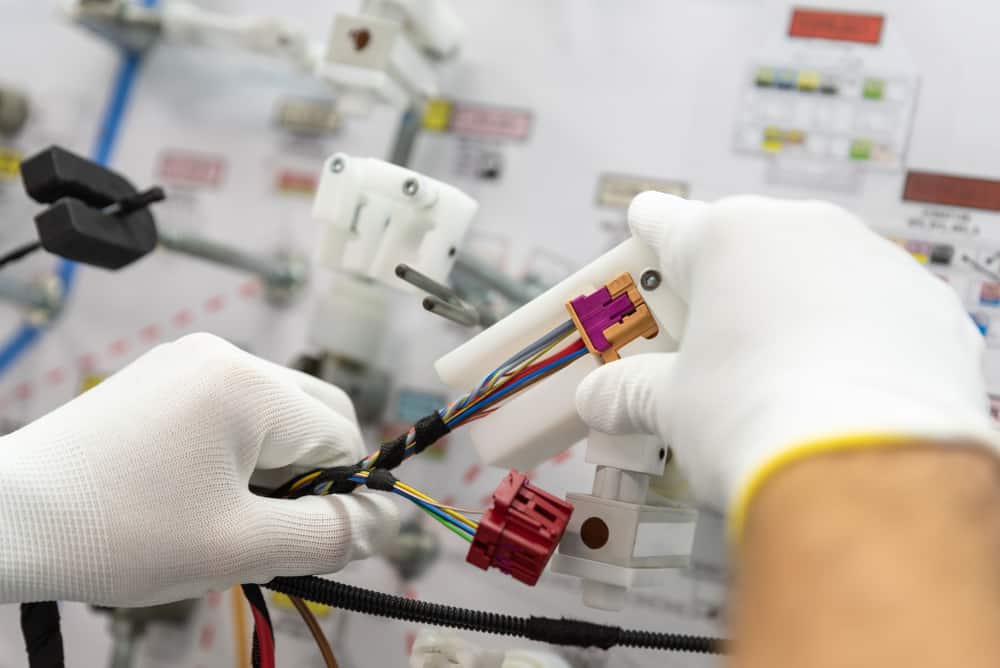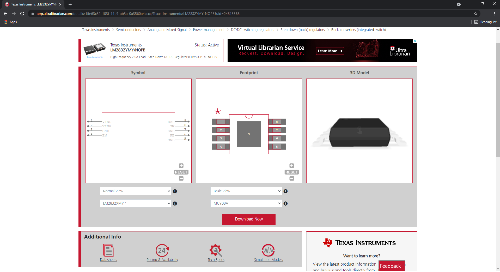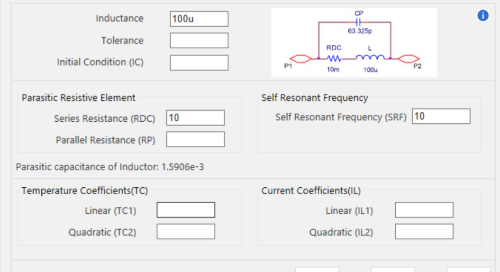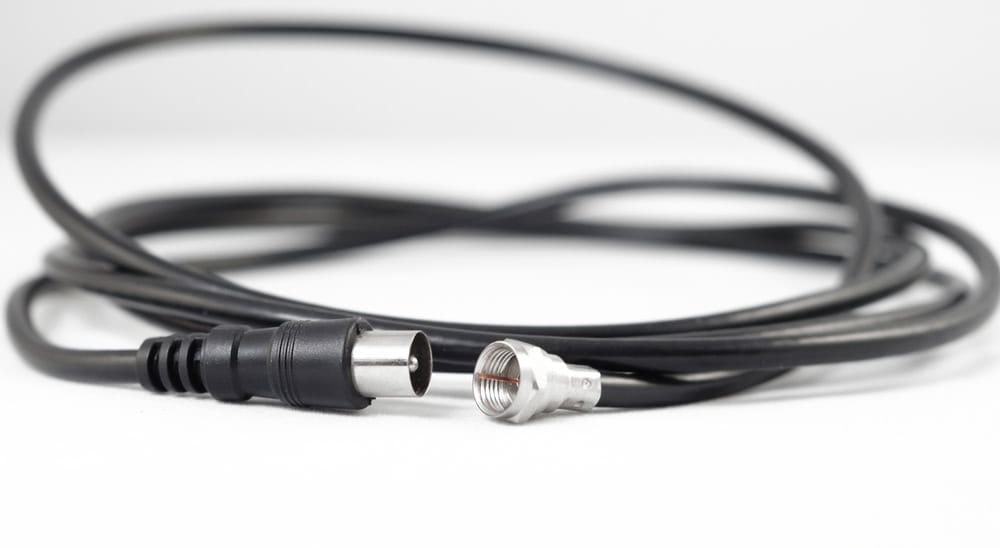
RF cable with ground surrounding the sensitive signal in the center — An intelligent form of RF interference shielding.
RF interference shielding involves creating a barrier between devices where electromagnetic coupling or radio frequency interference (RFI) may occur. In some cases, this involves constructing a protective enclosure around an electronic product, circuit board or specific component. For PCBs, there are several techniques used by RF engineers to maximize signal integrity and safeguard components from the effects of RF signals.
Types of RF Interference Shielding Components
Type | Description | Key Features |
Faraday Cages | Enclosures made from conductive wire mesh that block RF signals by distributing external signals around the surface, preventing entry. A microwave is an example of this. | Blocks RF signals, distributes external signals evenly |
Gaskets | Part of larger RF shields, made from silicone with conductive metal particles, used to block RF signals at specific parts of a device. | Blocks RF signals, made from silicone and conductive metal |
O-Rings | Similar to gaskets, made from silicone elastomer filled with metal particles to block RF signals, used to seal surfaces together. | Seals surfaces, made from silicone elastomer and metal particles that can block signals |
Solid Enclosures | Continuous metal cases designed to enclose components sensitive to RFI, minimizing openings for effective shielding. | Minimizes openings, requires grounding |
Vent Shields | Allows air flow while blocking RFI, designed with conductive metal mesh with holes small enough to prevent unwanted frequencies. | Allows air flow, blocks unwanted frequencies |
Cable Shields | Wrapped around conductive cables to prevent external signal interference and contain the cable’s own signals. | Prevents external interference, contains cable’s signals |
Board Shields | Designed to block RFI from affecting circuit boards, chips, etc., can be solid enclosures or Faraday cages with RF-shielding gaskets. | Protects components from RFI, may include RF-shielding gaskets |
Why RF Interference Shielding is Important
Without adequate RF shielding, electronic cables for serial and parallel signal transmission can become prone to signal corruption, leading to a degradation of the data transmitted through the device’s circuits. While this might primarily result in signal distortion and user frustration, it underscores the importance of effective shielding. An example of basic RF shielding is seen in the common microwave oven, where the metal interior acts as a Faraday cage.
RF signals pose various security and operational risks beyond just signal distortion. For instance, they can be exploited to gain unauthorized access to radio-frequency identification (RFID) chips found in biometric passports and other devices or disrupt cellular networks that facilitate communication and can adversely affect the functionality of medical equipment, such as MRI machines.
Where Does RFI Come From?
RFI comes from a diverse array of sources, both natural and artificial. Although radio signals were not created by humans, their discovery and subsequent manipulation have led to both human made sources and naturally occurring sources.
Natural RF signals are often generated by atmospheric phenomena such as lightning strikes, snowstorms, and dust storms. Additionally, sources like static electricity, solar flares, and cosmic noise contribute to natural RF emissions.
What Devices Cause RFI?
On the human-made side, unintentional RFI frequently originates from electrical infrastructure and equipment, including power transmission lines, generators, and electric motors. Conversely, intentional RFI, while not always aimed to disrupt maliciously, can be designed to interfere with radar systems and impact aerospace and defense technologies.
In today’s technological landscape, the sheer number of wireless networks and devices have become a significant source of RF interference. The RF spectrum can often become congested, where frequency bands overlap and cause interference. Devices operating on the same 2.4GHz frequency as Wi-Fi, in particular, are known to disrupt network connectivity.
RFI vs EMI Shielding
RFI shielding and electromagnetic interference (EMI) shielding are often used interchangeably. Although both are used to ensure PCB electromagnetic compatibility (EMC), they refer to protection against different frequency ranges. RFI shielding guards devices from frequencies typical of radio transmission–from 20 kHz to approximately 30 MHz, while EMI shielding covers all frequencies; including higher frequencies; such as microwave, used in broader applications.
RFI Shield Materials
Several materials excel in EMI/RFI shielding, with copper leading due to its high effectiveness, followed by bronze, aluminum, gold, and brass. The choice depends on the electronics and frequencies involved. The success of these materials in blocking interference is influenced by their thickness and application method.
Material | Description |
|---|---|
Copper | Highly effective for RFI shields; excels in conduction, absorption, and attenuation of RF signals. Used in MRI machines and medical equipment. Benefits include high conductivity, ease of soldering/brazing/welding, cost-effectiveness, flexibility, and anti-oxidation for PCBs. Top choice for EMI/RFI shielding due to its diverse energy conduction and resilience. |
Aluminum | Lightweight and cost-effective, though offers lesser conductivity and is prone to galvanic corrosion. Used in commercial and industrial parts, components, products. Known for affordability, versatility, durability, and its lightweight nature, allowing for cost savings with thinner sheets. |
Nickel Silver | Appears silver, resists corrosion, and widely used in RFI shields. It’s a copper alloy with similar properties to copper and its variations, offering broad availability. |
Steel | Strong with ferromagnetic properties, creating a magnetic shield against RF signals. Ideal for robust RF shielding applications. |
Gold | Utilized in high-frequency applications like cell phones and WiFi routers for its high conductivity, space efficiency, corrosion resistance, and excellent thermal properties. Ideal for compact devices due to its thinness and longevity under harsh conditions. |
Controlling EMI and EMC is essential for RF PCB design and critical for satisfying MIPI, HDMI and other data communication compliance standards. Understanding RF design principles is a prerequisite to devising an effective strategy to mitigate RFI. Incorporating these principles, along with employing the best RF simulation software is the solution for ensuring your board functions and performs to maximize signal integrity.
EMA Design Automation is a leading provider of the resources that engineers rely on to accelerate innovation. We provide solutions that include PCB design and analysis packages, custom integration software, engineering expertise, and a comprehensive academy of learning and training materials, which enable you to create more efficiently. For more information on RF interference shielding and how we can help you or your team innovate faster, contact us.
